Front garden fence ideas to give your home a facelift
Front garden fence ideas are just as important as those for the rear of your home — they have the power to enhance its kerb appeal, add a sense of privacy and draw out design features
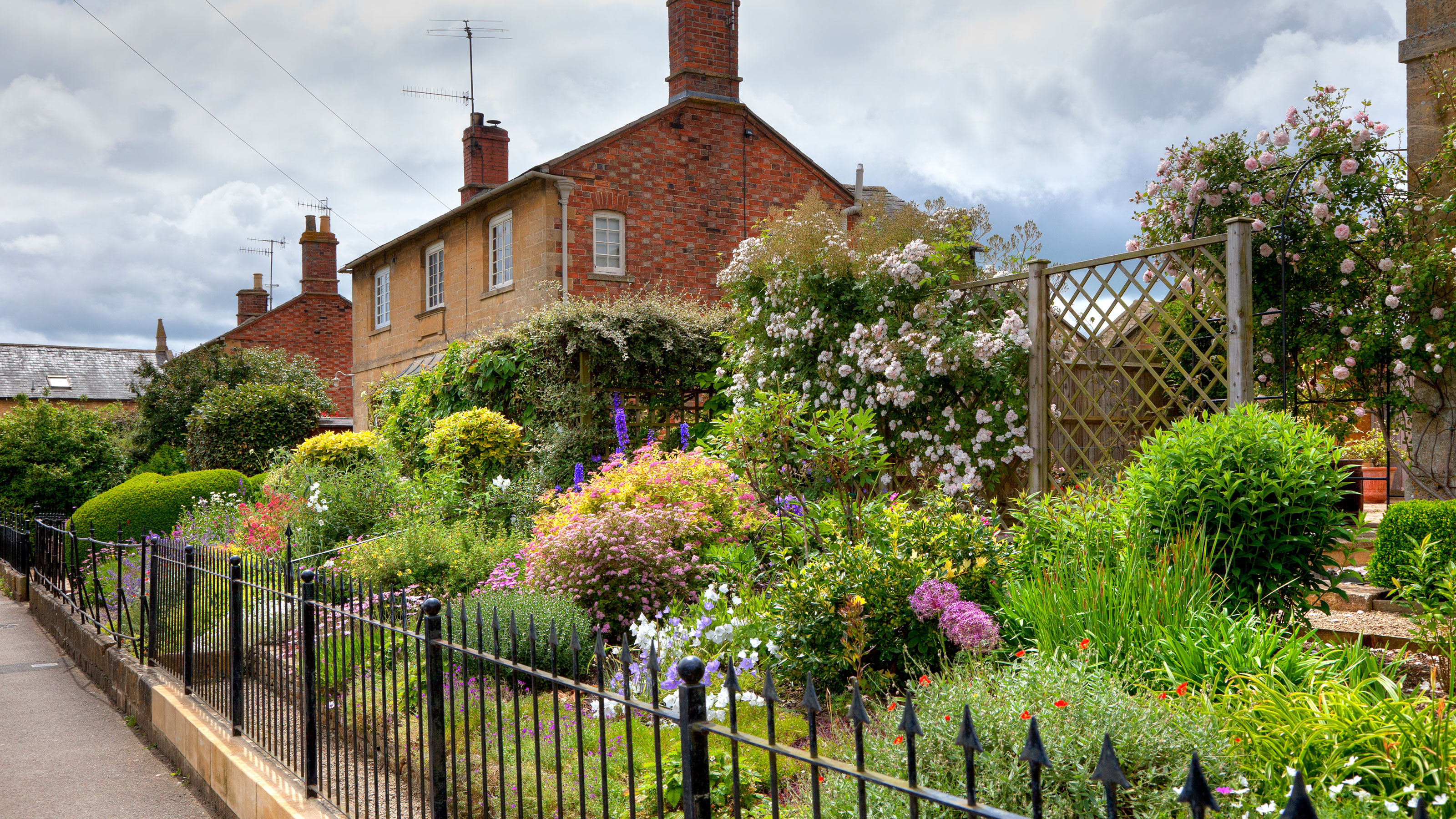
Choosing the right front garden fence ideas for your home is not a decision to be taken lightly — this is an important choice that can really affect the overall exterior appearance of your property.
All garden fence ideas form a backdrop for the rest of your landscaping scheme – in much the same way as your walls do inside the house – but in the case of fences for front gardens, they also have the responsibility of contributing towards your home's kerb appeal.
In case you were wondering, the term 'kerb appeal' refers to how attractive a house looks externally — it is also used to describe the way a house appears when viewed from the road. Everything from your driveway materials to your choice of front door can affect the kerb appeal of a house.
Here, we look at front garden fence ideas for all kinds of houses and situations — remember, your boundaries not only need to define your plot but also need to tie in with the style of your home.
What can front garden fence ideas be used for?
Your front garden fences play several important roles. The most obvious is to shelter and protect your home from prying eyes and to define its boundaries, separating it from neighbouring pieces of land and properties.
However, your front garden ideas should not be limited to those that carry out a practical role — they also have the power to highlight the details within your home's design, its shape and form, bring out the best in your driveway materials and work with any planting schemes you may have been putting in place. Front garden fences can also be used to section the front garden into zones — for example to keep bins and stores out of view or to separate parking areas from pathways.
When considering the type of fence you will choose, take the style of your house into consideration and make sure that whatever designs you select sit well alongside it.
1. Create a welcoming approach with low level fences
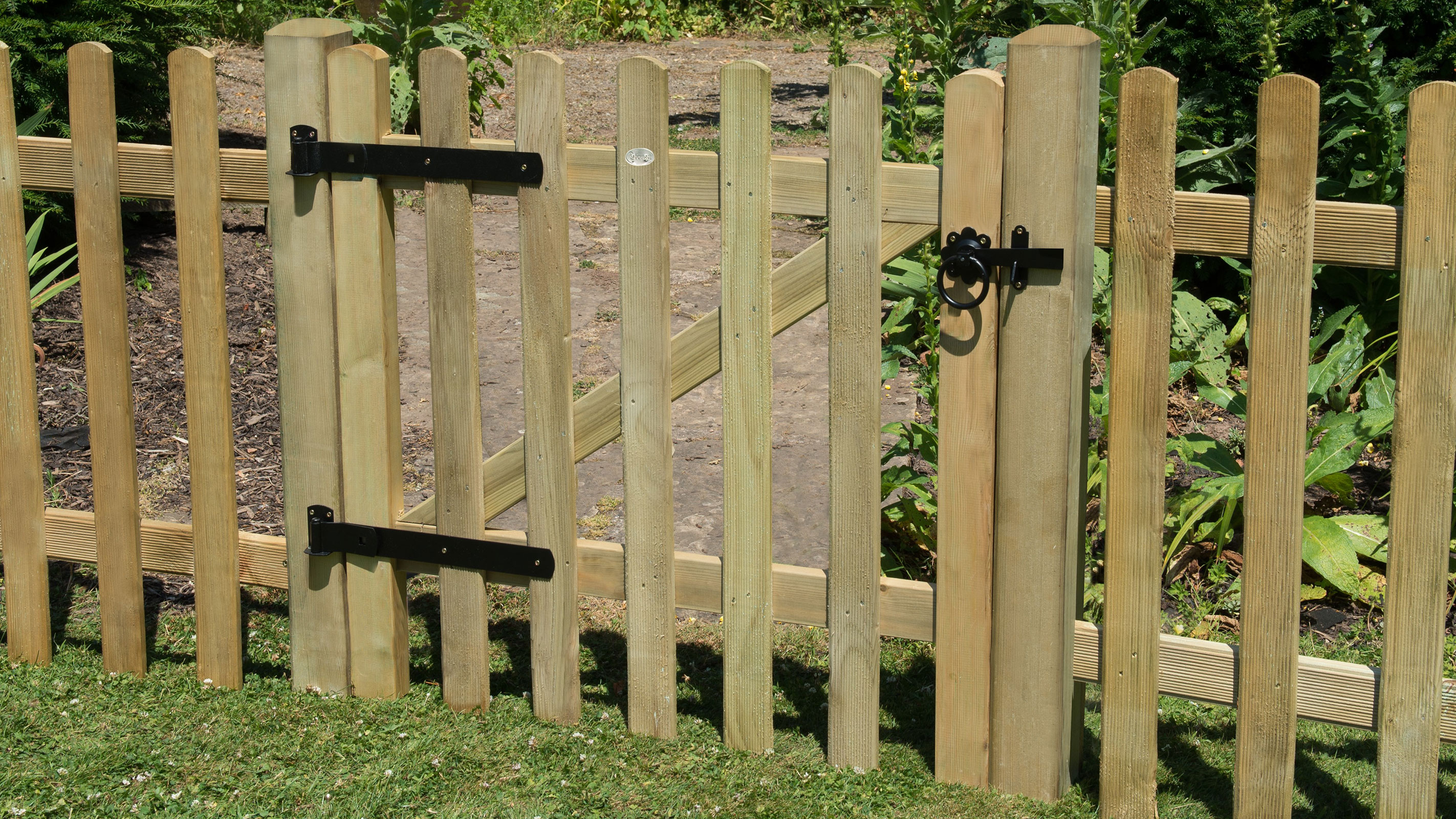
Low level picket fences and matching gates are perfect for all kinds of homes but look particularly charming when paired with pretty period cottages and rural properties. Their proportions create a pleasant approach that doesn't feel hostile in the way some fence types, such as those that are very solid and high can and they can be painted in all kinds of colours to complement the houses they are paired with.
Although commonly used to separate front gardens from the streets or lanes they sit on, picket-style fences can also be used to separate parking areas from any planted spaces on driveways too.
2. Grace a cottage front garden with a rustic fence
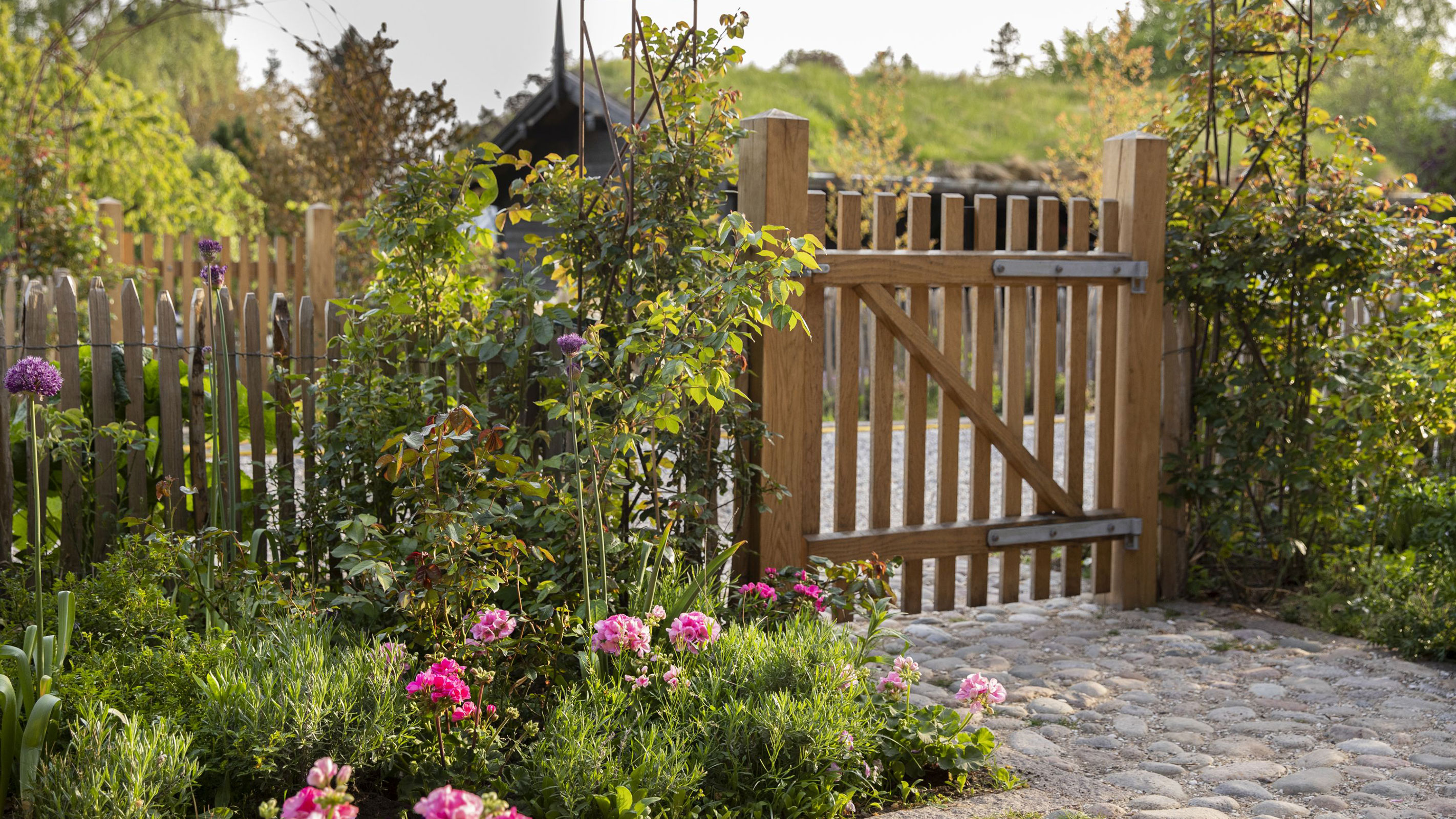
A slightly uneven higgledy-piggledy looking fence is ideal for rural houses and cottage-style front gardens where a smarter, more formal boundary could well look jarring.
Consider pairing fence roll with a country-style gate. Fence roll such as this is often made from split hazel wired together with galvanised wire. Not only is this perfect for those after cheap fence ideas, but it is also pretty simply to install for most competent DIYers. Remember though, a fence is only as good as the fence posts it is attached to.
3. Create an interesting façade as well as privacy
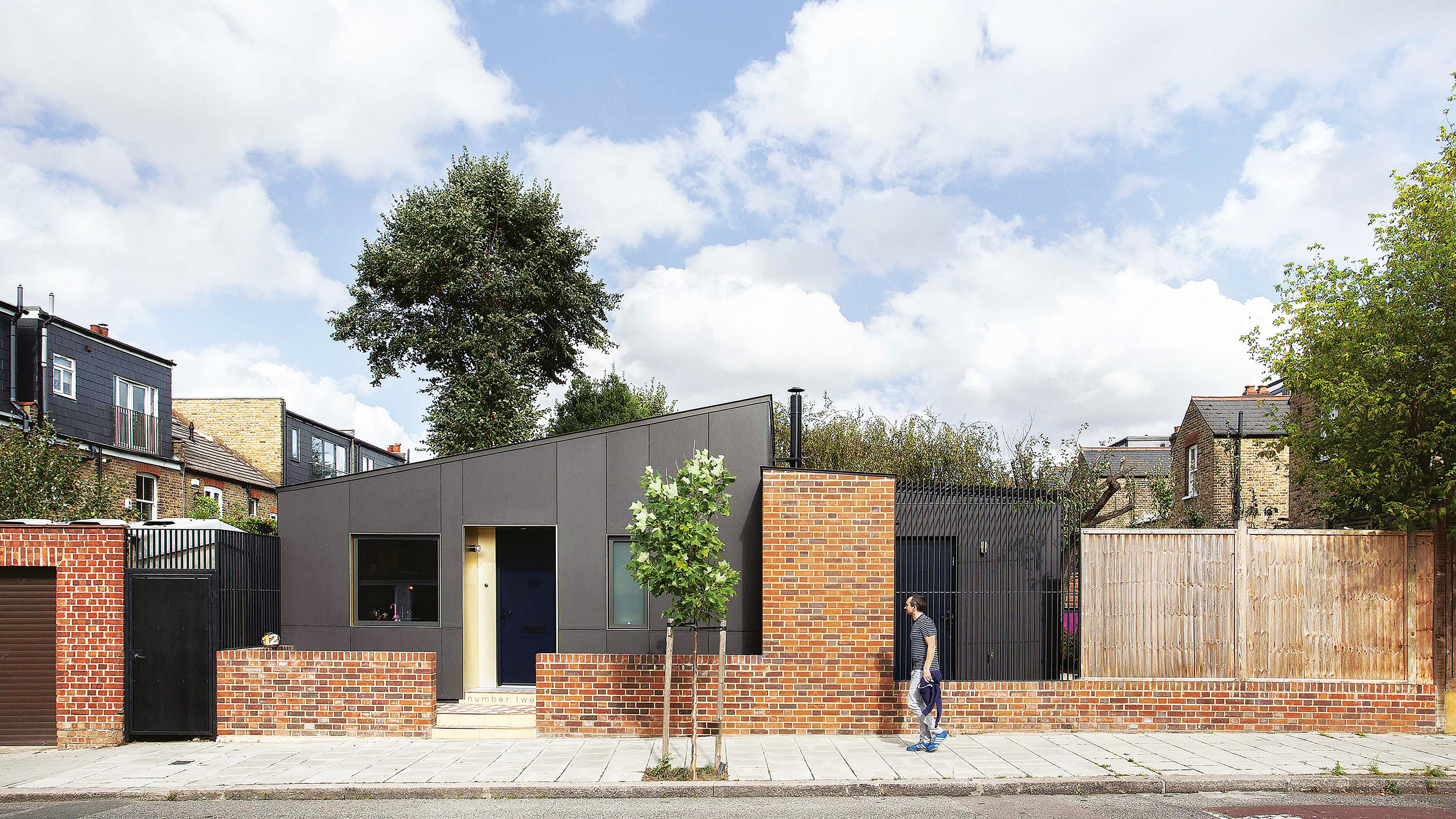
While you obviously want to think about privacy fence ideas to shield your interior spaces from the view of passers by and cars, you don't necessarily want your fence to look like an impenetrable barrier — this will do nothing for your home's kerb appeal.
Taking a mix and match approach to fencing materials and styles works well here to break things up. Here, classic timber vertical panel fences have been combined with smart black metal railings and warm red brick walls. This allows the contemporary house that sits just behind them to shine in all its modern architectural glory, while keeping it very separate from the urban street it sits on.
4. Use pretty railings to separate parking and garden
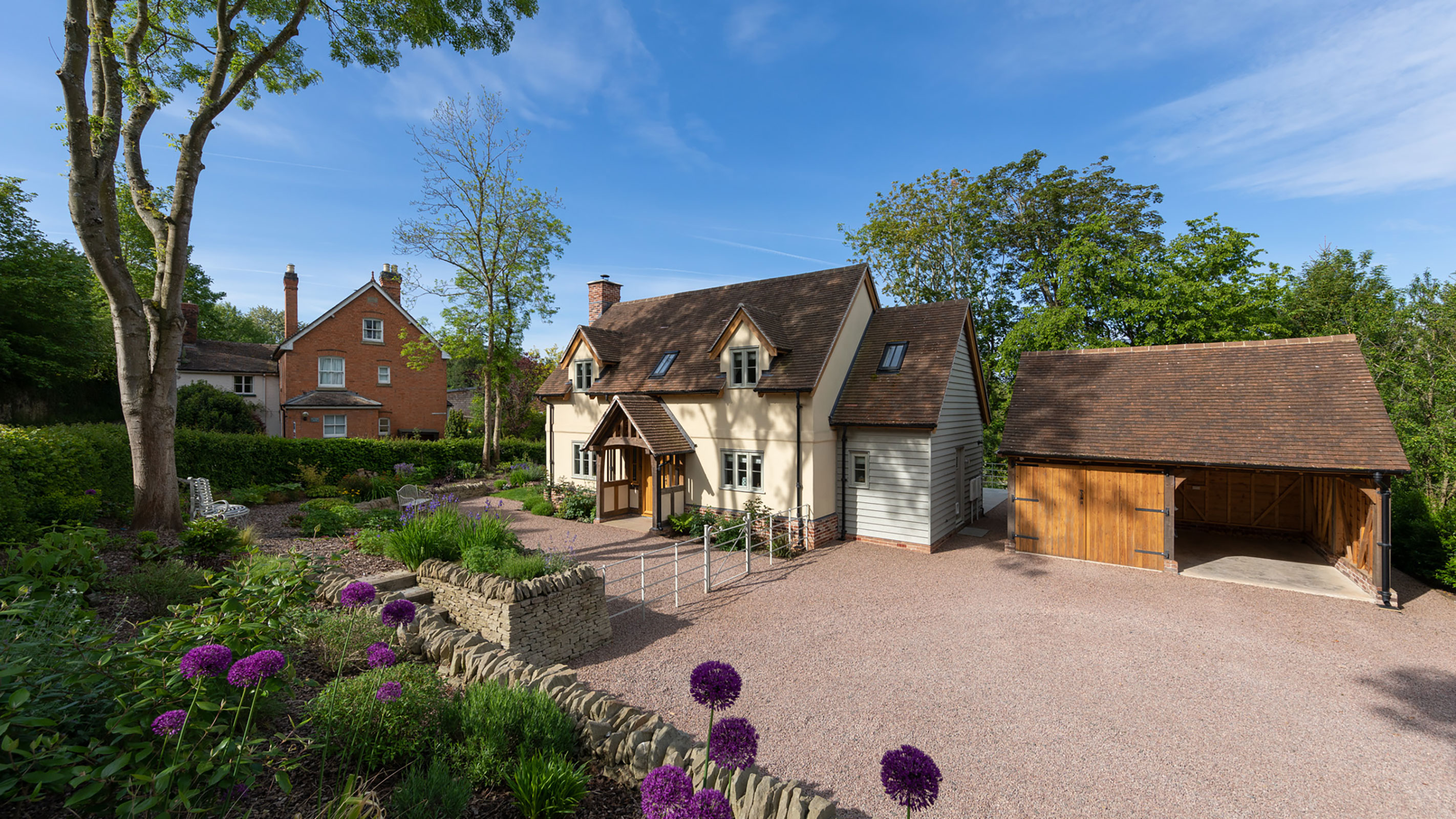
After driveway fence ideas? While large driveways are very appealing from a practical point of view, you need to give careful consideration to how large expanses of open spaces can be broken up to soften the front approach to your home.
In the case of this pretty oak frame cottage, by Border Oak, the car port and parking area have been sectioned off from the approach and front garden with lightweight metal railings that sit beautifully alongside the stone walling that forms the boundaries elsewhere.
5. Trail plants up trellis for a soft look
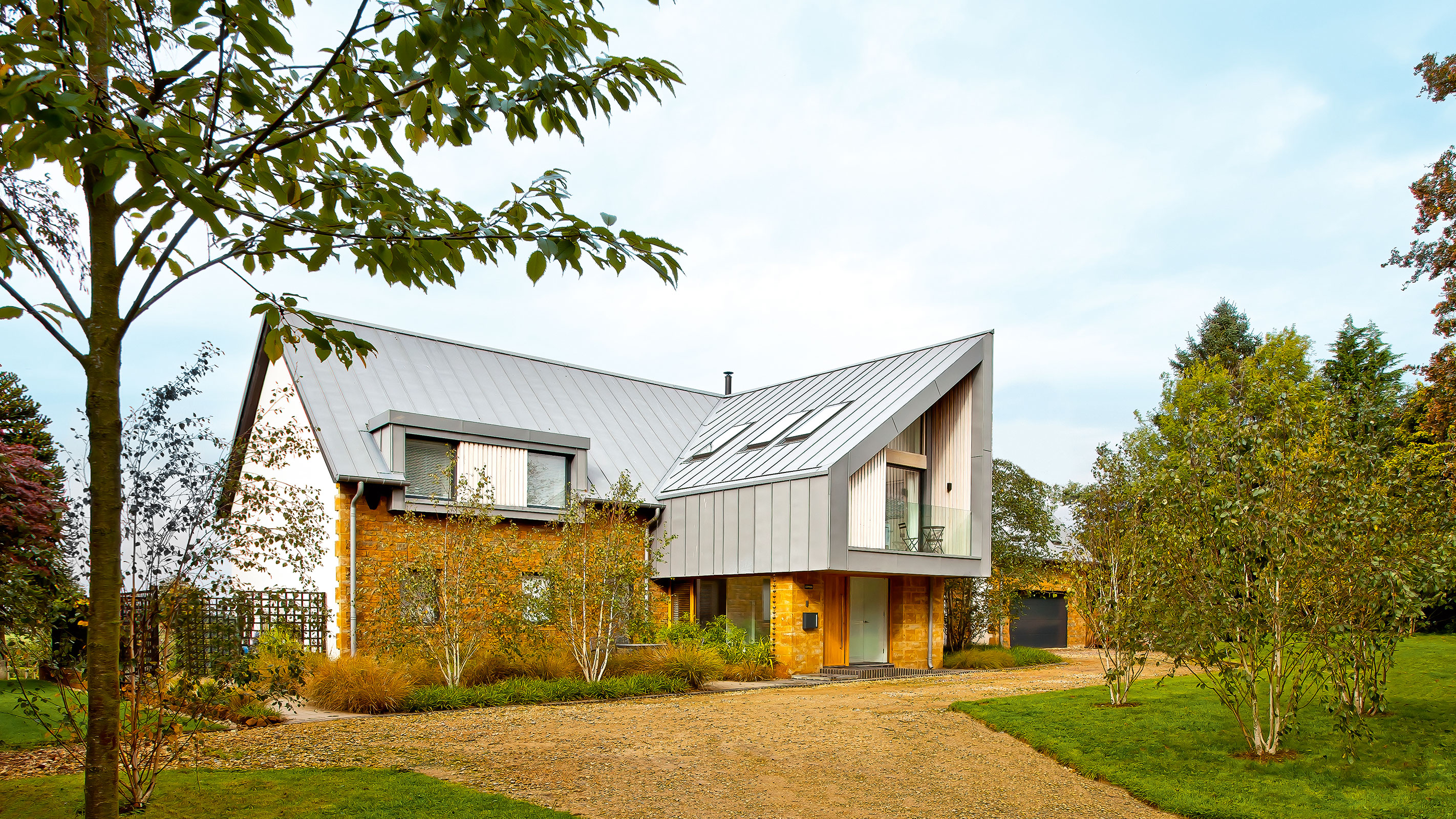
Trellis panels are a great way to create boundaries that can be blended in with your planting scheme. Easy to install and perfect for trailing all kinds of climbing plants up, they look great used alone or to break up an expanse of solid fencing or walling.
Here, trellis has been used to divide the front garden from the rear and will, over time, become part of the exterior planting scheme as the garden comes into bloom.
6. Use post and rail fences in rural locations
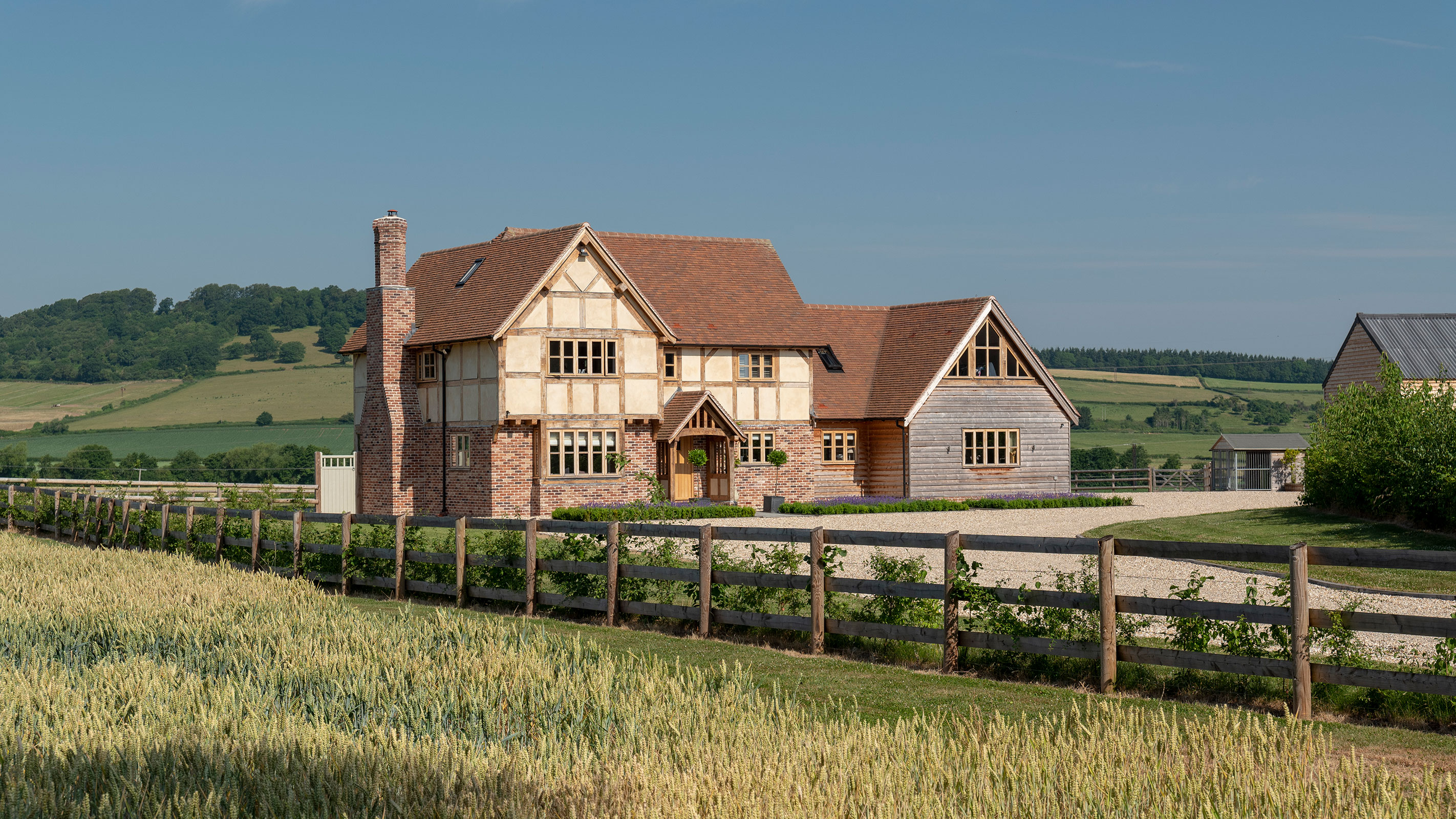
The fences you choose as front garden boundaries need to suit not just the style of house you have, but also its location. Post and rail fences are a traditional sight in the countryside and are ideal for larger front gardens that need dividing off from adjoining fields or lanes.
They come in a range of styles – from crisp and square to uneven and rustic – and sizes and their subtle appearance means that even long runs of them won't seem monotonous.
7. Shield bins from view
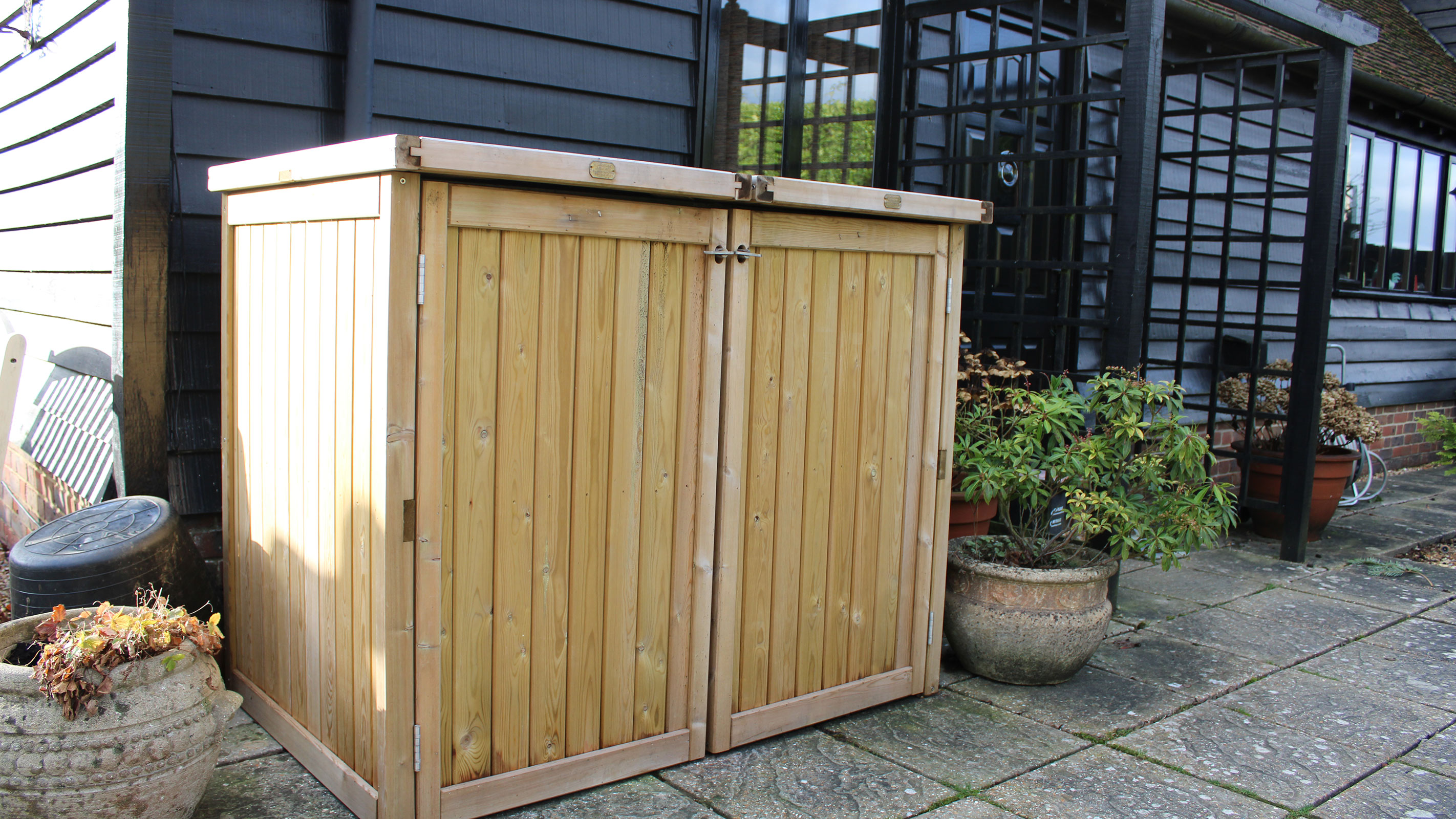
The number one rule when it comes to how to create kerb appeal has to be to keep the front of your house clutter free. Bins can really ruin the exterior appearance of your front garden and you most certainly don't want them to be the first thing you see when you step out of your front door in the morning.
Invest in a good sturdy bin store that complements the rest of your front garden style — timber designs can be painted to tie in with the colour of your windows or front door. Here, trellis fence panels have been used to form a clever porch-like structure which further hides the bins from view.
8. Use a picket fence for a New England look
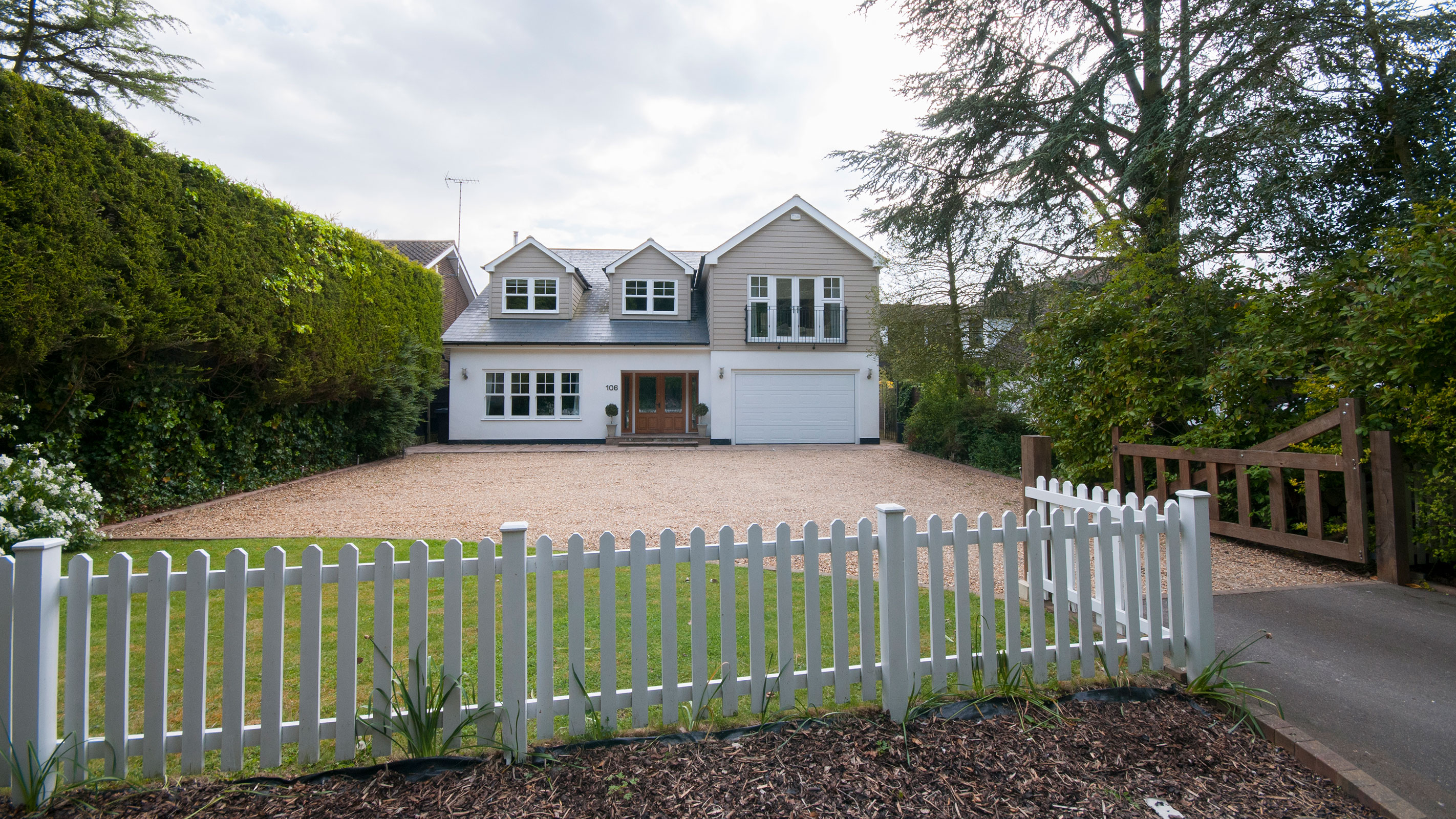
If you love American-style homes or are aiming for a fresh New England look for the exterior of your house then your fence choices should be carefully considered.
White picket fences are the perfect choice for all kinds of house styles but suit this type of house particularly well. Their lower height creates a welcoming feel to the front garden while their simple design doesn't fight for attention with details such as painted weatherboarding.
9. Smarten up a wooden fence with formal shrubs
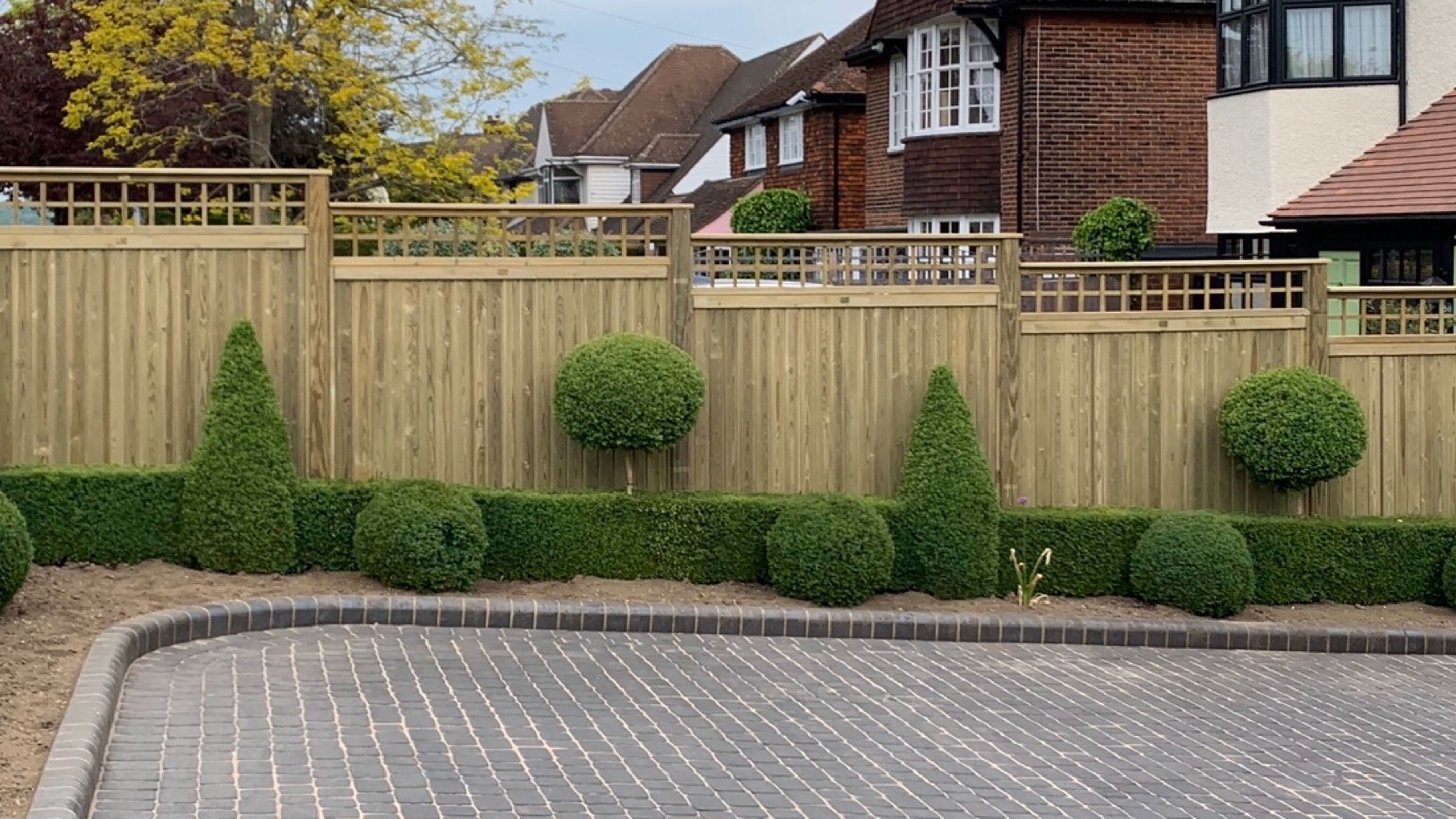
Lap fence panels, featherboard fencing and slatted fencing are all ideal for creating front garden boundaries but if you want to enhance their fairly simple appearance do consider your planting scheme.
If you are wondering how to cover a boring fence you might like to consider artfully arranging a selection of pots in front of your fence, using plants of various heights in front. For a really smart and impressive approach, however, clipped topiary and box hedges are a brilliant choice.
10. Enclose a small front garden with low picket fences
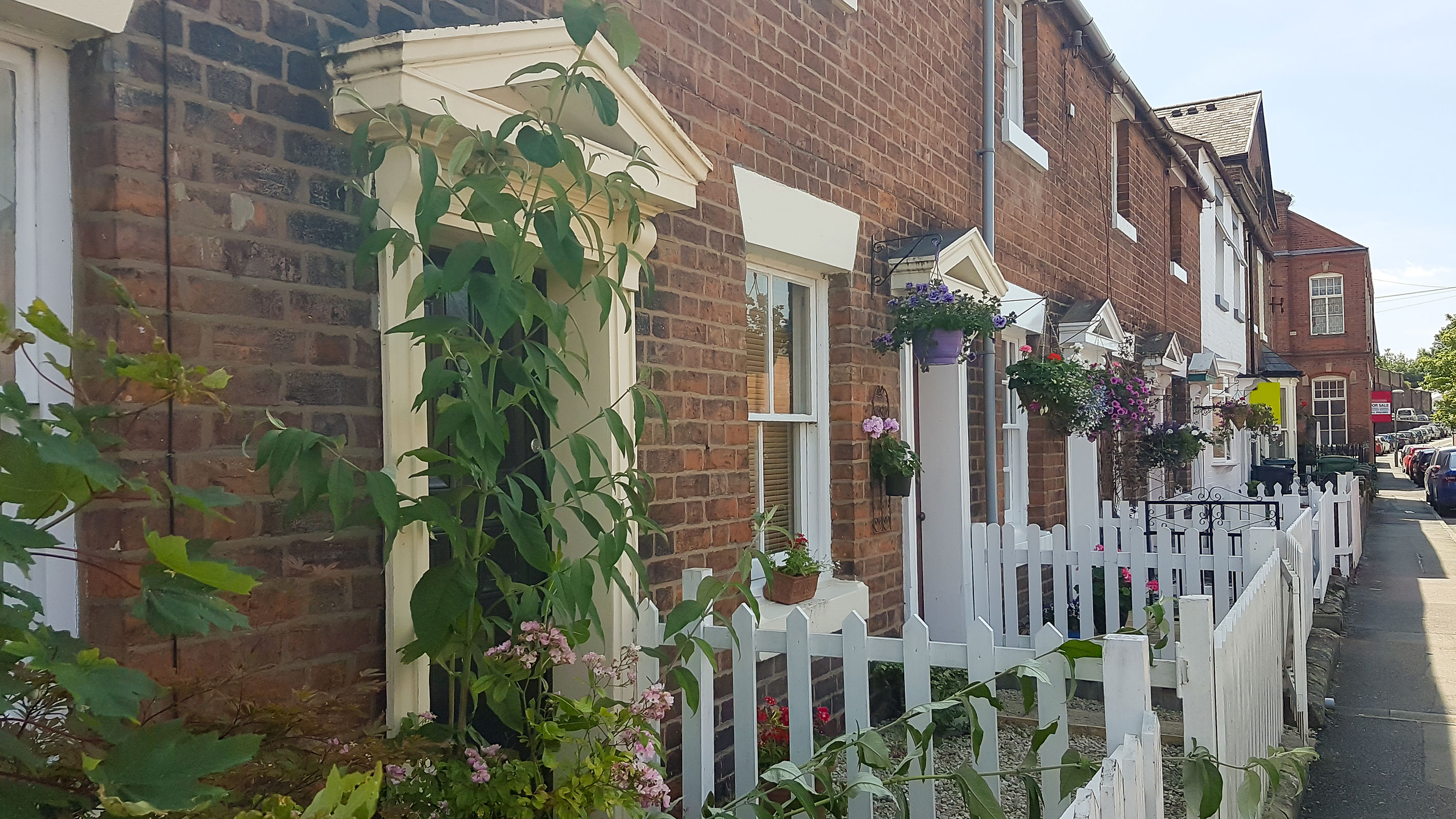
Even more compact front gardens, such as those typical of many Victorian terrace homes, will benefit from some form of enclosure — particular those that open straight out onto the pavement.
If you are looking for small fence ideas that won't block light from entering the front window, opt for a low-level slatted fence, such as a picket. They create a reassuring sense of division from the street while keeping things nice and open.
Get the Homebuilding & Renovating Newsletter
Bring your dream home to life with expert advice, how to guides and design inspiration. Sign up for our newsletter and get two free tickets to a Homebuilding & Renovating Show near you.
Natasha was Homebuilding & Renovating’s Associate Content Editor and was a member of the Homebuilding team for over two decades. In her role on Homebuilding & Renovating she imparted her knowledge on a wide range of renovation topics, from window condensation to renovating bathrooms, to removing walls and adding an extension. She continues to write for Homebuilding on these topics, and more. An experienced journalist and renovation expert, she also writes for a number of other homes titles, including Homes & Gardens and Ideal Homes. Over the years Natasha has renovated and carried out a side extension to a Victorian terrace. She is currently living in the rural Edwardian cottage she renovated and extended on a largely DIY basis, living on site for the duration of the project.

